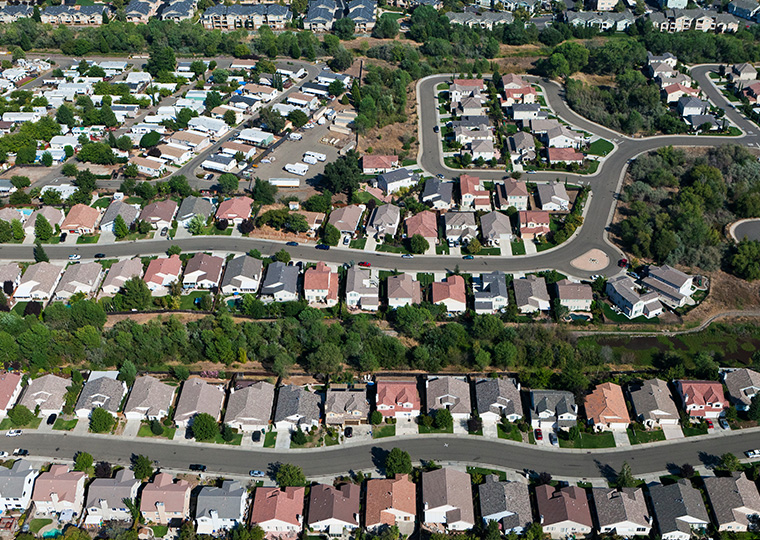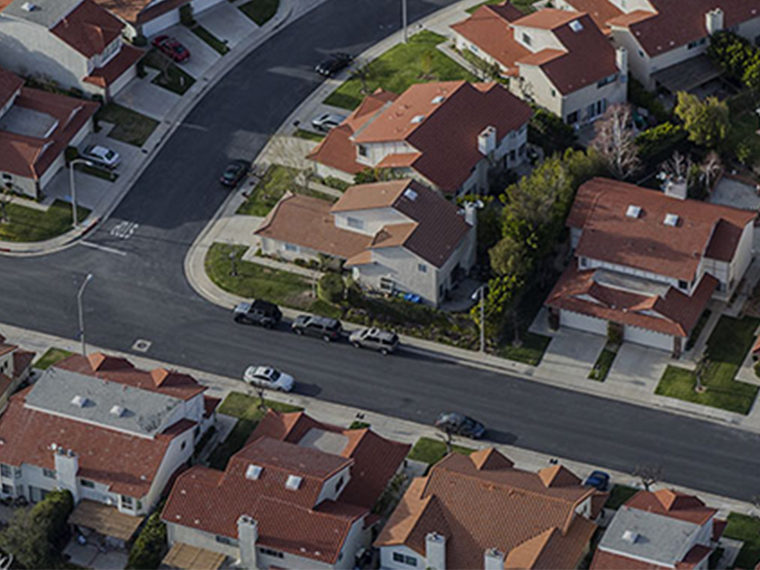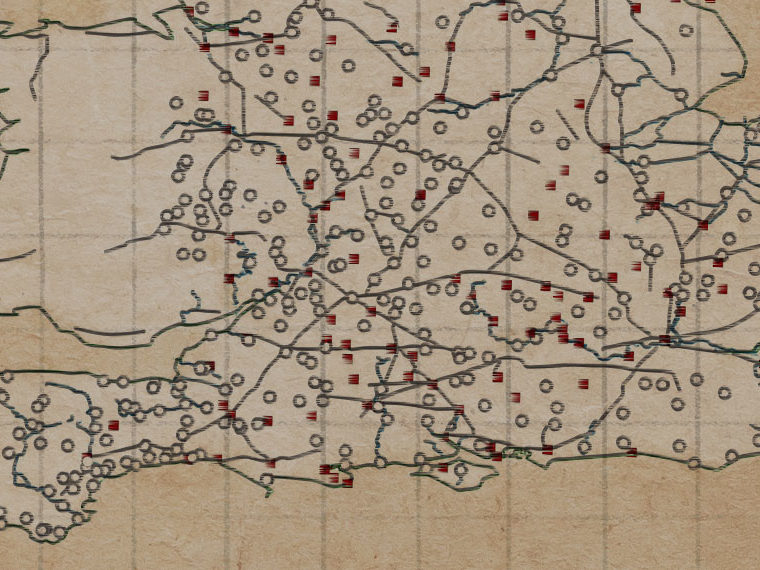In Japan, speedier commutes let workers live farther from jobs, taking some pressure off high-priced housing markets
Policymakers increasingly see the West Coast housing shortage — and commuter congestion worsened by workers’ moves to distant, lower-priced housing — as a single problem of poorly thought-out urban development.
The solution is more housing and improved transit systems, not just one or the other. That point of view might help California’s high-speed rail project between San Francisco and Los Angeles, estimated to cost more than $70 billion, to win over a few of its many critics, a working paper suggests.
UCLA Anderson’s Jerry Nickelsburg, University of New Mexico’s Saurabh Ahluwalia and the International Monetary Fund’s Yang Yang employ a half-century of data on the extensive Japanese high-speed rail (HSR) system, known as Shinkansen, to measure economic impact. While there are many differences between Japan’s and California’s economies and cultures, the results suggest HSR might help slow the rise in California housing costs.
Opt In to the Review Monthly Email Update.
Los Angeles, San Francisco and San Jose rank among the nation’s most expensive places to live.
The study showed prefectures that received a new HSR line did not experience an improvement in overall GDP, even with a burst in spending when the rail line was being built. But it does indicate a significant slowdown in prefecture-wide land price increases the year after a new rail line was introduced.
The findings suggest that by making it easier for workers to move out of the city, the high-speed rail line shifted the demand for property from the higher-cost cities to the lower-cost suburbs and rural areas. By helping cities to ”decentralize,“ the HSR reduced the growth in land prices across the region.
Japan is divided into 47 regions or prefectures. By mining a data set that included macroeconomic and sociodemographic information, the researchers were able to compare economic growth and land prices on a prefectural level prior to and after the construction of Shinkansen. The research covered the 1970s and ’80s, when Japan’s economy exploded, and the decades-long stagnation that followed.
The Shinkansen system was designed to relieve congestion by providing high-speed transportation between the nation’s largest cities, such as the Tokaido line that links Tokyo to Nagoya and Osaka. Between 1964 and 2004, the HSR system added, on average, one new line every four years.


Map and rendering by California High-Speed Rail Authority, via Wikimedia Commons
The first thing the researchers examined was the impact of high-speed rail on prefectural GDP growth based on data from 1955 to 1995, a period of rapid growth throughout the county. They found that while a new Shinkansen line brought an initial influx of private capital and increased the population of a prefecture, the overall prefecture-wide GDP growth rates declined. One reason for this could be that the newcomers were not as productive as the previous population.
The researchers looked at land prices from two periods, the high-growth years of 1955 to 1997 and the low-growth years of 1998 to 2010.
There were some places, such as the neighborhood adjacent to a railway station, where land prices went up after the addition of a new HSR line. But they found the overall growth in the cost of land within the prefecture slowed an average of 33 percent the year after a new line went in.
Nickelsburg said in an interview that the geographic similarities between Japan and California were what initially drew him to study this HSR project. Both places have large, congested and costly cities separated by long stretches of farmland and mountains.
But he said more research would be required to better understand how Japan’s experience might apply to California. There are significant differences in how the two regions have historically used and supported public transportation. In Japan, for example, employers subsidize commuting costs, a benefit that is not as commonly found in the United States, particularly for lower-income workers. That could have a large impact on the affordability of the HSR system for California commuters.
Featured Faculty
-
Jerry Nickelsburg
Adjunct Full Professor and Director, UCLA Anderson Forecast
About the Research
Nickelsburg, J., Ahluwalia, S., & Yang, Y. (2018). High-speed rail, urbanization and housing affordability revisited: Evidence from the Shinkansen system.






